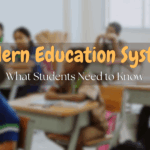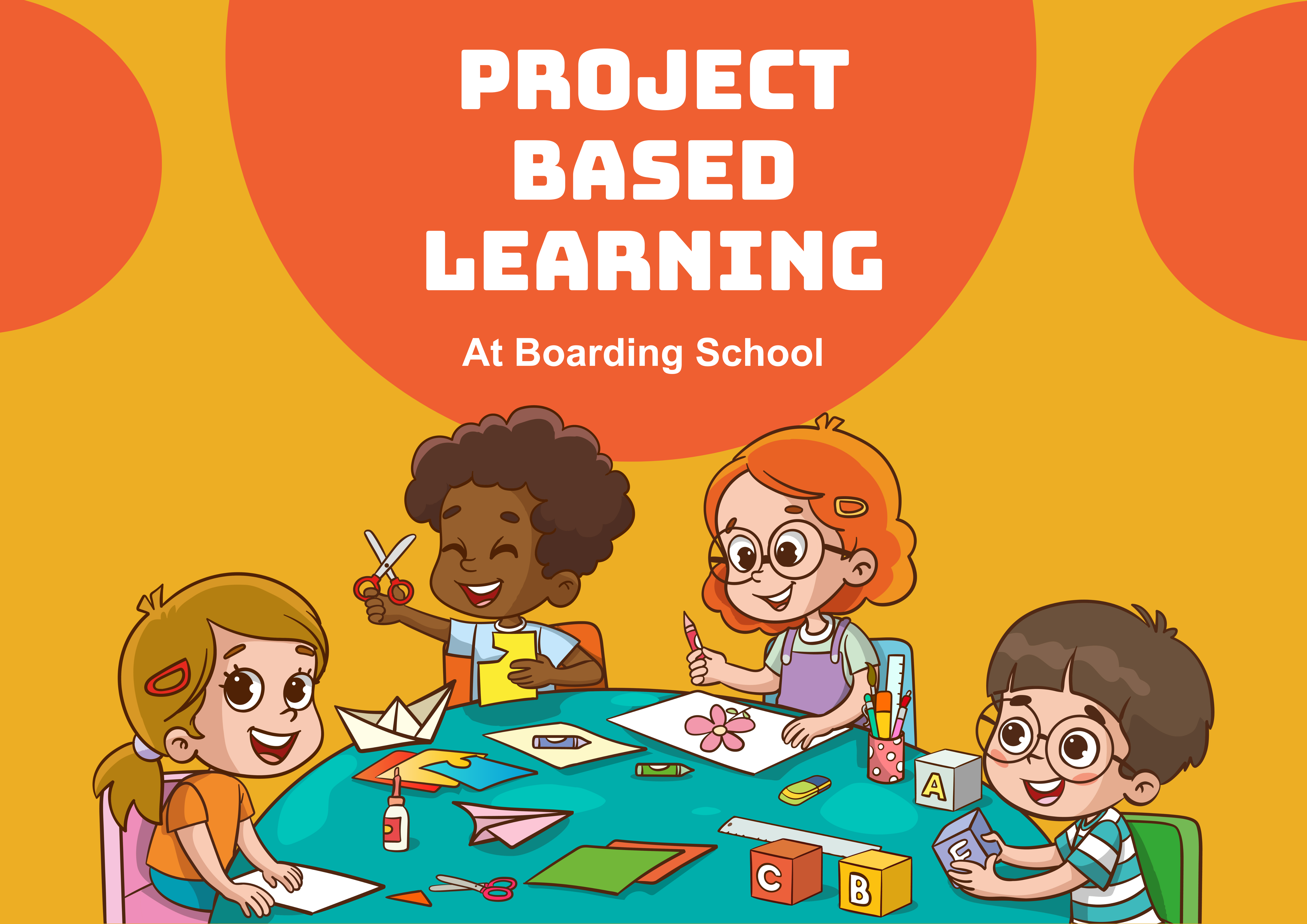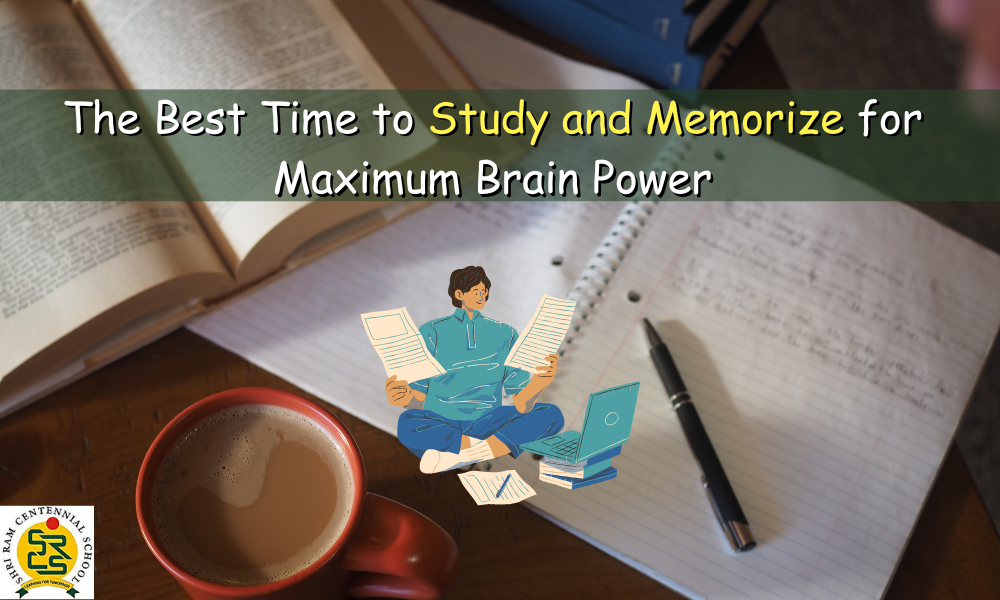The world of education is evolving, and the traditional method of classroom learning is being challenged by project based learning (PBL).
This modern approach to education fosters creativity, problem-solving, and real-world application of knowledge, making it more engaging and effective for students. But how does project based learning compare to traditional learning?
At Shri Ram Centennial School Dehradun, a balanced approach to learning methodologies is encouraged to ensure students develop both theoretical knowledge and practical skills.
In many boarding schools in Dehradun, where students experience structured academic schedules, PBL provides an engaging alternative that nurtures curiosity and independent thinking.
This article explores the differences between project based learning and traditional learning, highlighting the advantages, challenges, and real-world applications of both.
What is Project Based Learning?
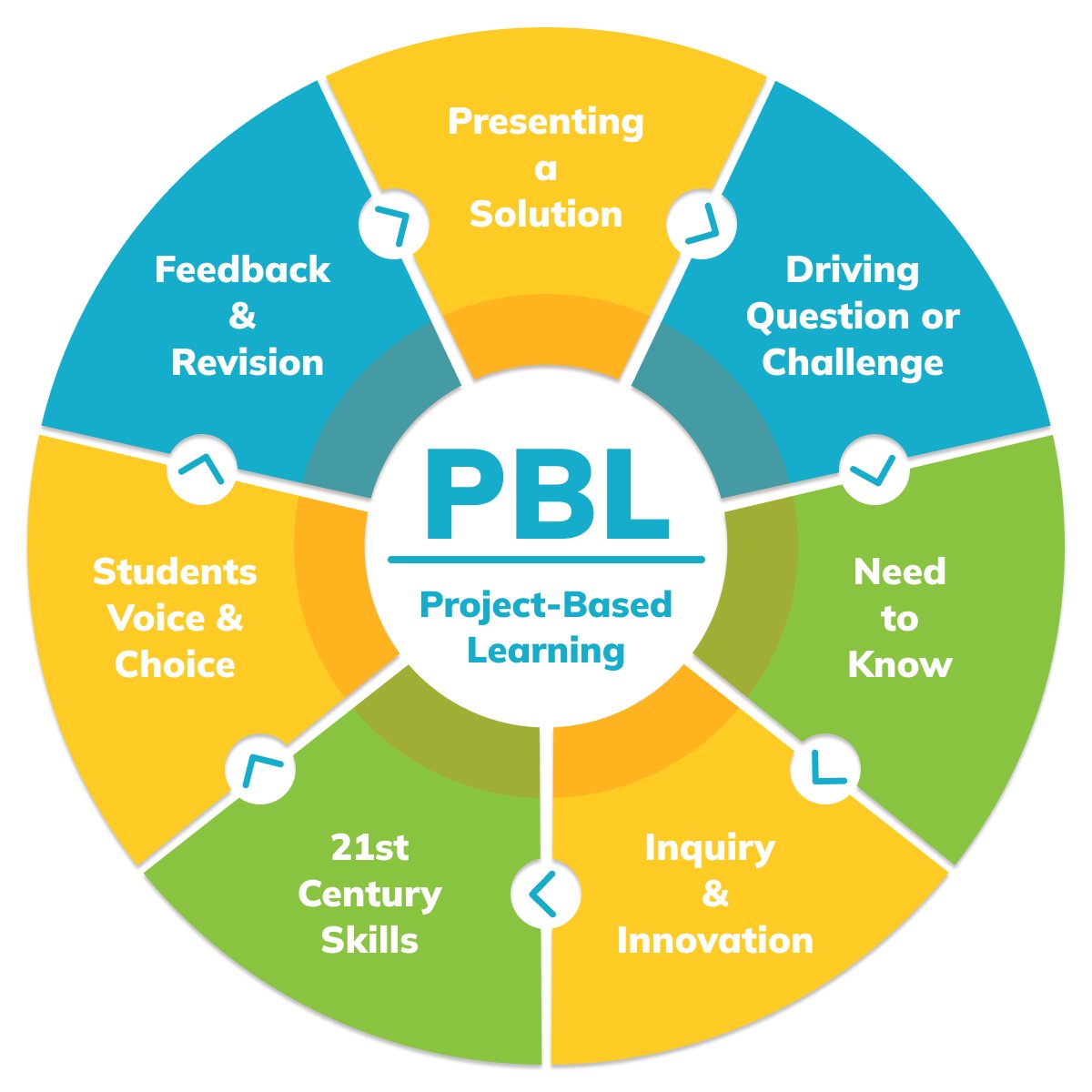
Project based learning is an instructional method in which students engage in real-world problems and challenges rather than just memorizing facts. The learning process is driven by inquiry, exploration, and collaboration, ultimately leading to a meaningful project or presentation.
Key Features of Project Based Learning
✔ Focuses on real-world applications.
✔ Encourages critical thinking and problem-solving.
✔ Promotes collaborative and independent learning.
✔ Enhances creativity and innovation.
✔ Engages students in long-term, hands-on projects.
Instead of simply memorizing information, students in PBL environments actively work on projects that simulate real-life scenarios, making learning more meaningful and long-lasting.
What is Traditional Learning?
Traditional learning follows a teacher-centered approach, where educators deliver lectures, assign homework, and assess students through tests and exams. This method is structured and focused on syllabus completion, ensuring that students gain knowledge systematically.
Key Features of Traditional Learning
✔ Focuses on direct instruction and structured lessons.
✔ Relies on textbooks and standardized tests.
✔ Encourages discipline and routine.
✔ Suitable for subjects requiring rote learning and theoretical understanding.
While traditional learning remains effective for many subjects, it often lacks real-world application and interactive engagement.
Comparing Project-Based Learning and Traditional Learning
| Aspect | Project-Based Learning (PBL) | Traditional Learning |
| Learning Approach | Inquiry-based, hands-on projects | Lecture-based, teacher-led |
| Student Engagement | High (students actively participate) | Moderate (passive listening) |
| Assessment | Based on projects, presentations, and research | Tests, exams, and quizzes |
| Critical Thinking | Encouraged through problem-solving | Limited due to memorization-based learning |
| Collaboration | Strong focus on teamwork and discussions | Primarily individual learning |
| Real-World Application | Directly connects knowledge with real-world scenarios | Focuses on theoretical knowledge |
Benefits of Project Based Learning
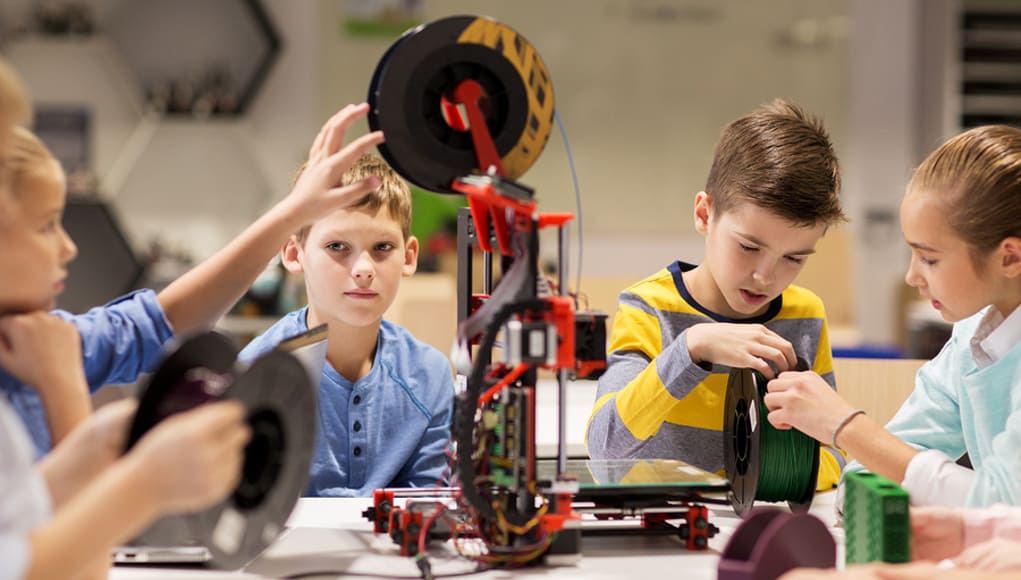
1. Develops Real-World Skills
- Students apply knowledge to solve real-life problems.
- Encourages the use of technology, research, and innovation.
2. Encourages Independent Learning
- Students take ownership of their learning process.
- Promotes self-discipline and creativity.
3. Improves Retention of Knowledge
- Hands-on activities enhance memory and understanding.
- Projects encourage long-term engagement with subjects.
4. Prepares Students for the Future
- Develops teamwork, leadership, and problem-solving skills.
- Helps students adapt to modern workplace requirements.
Challenges of Project-Based Learning
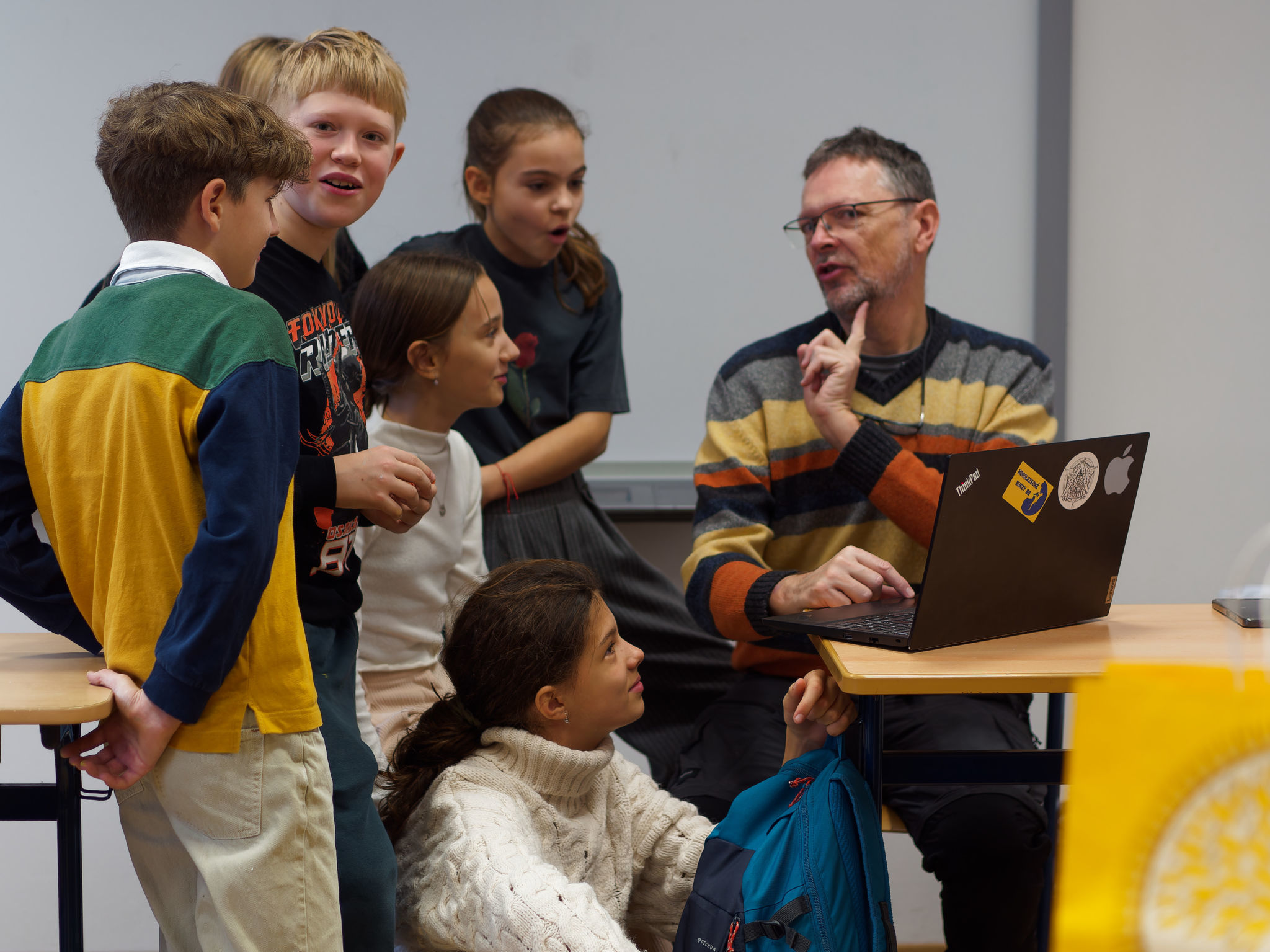
- Requires significant time and resources for project development.
- Needs well-trained educators to implement effectively.
- Assessment can be subjective compared to standardized testing.
How SRCS Integrates Project-Based Learning
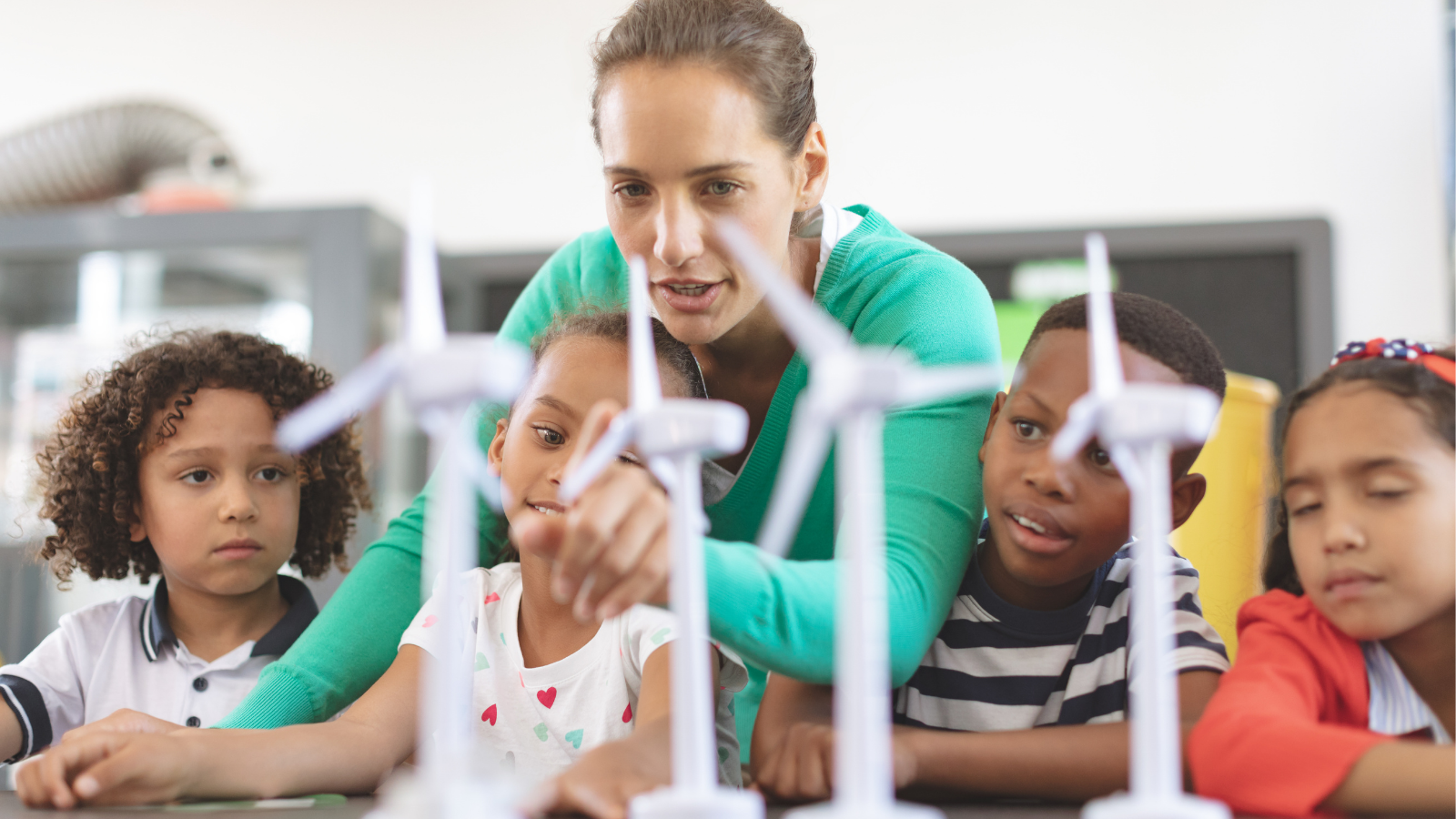
At Shri Ram Centennial School Dehradun, students experience a blend of traditional and project-based learning to ensure a holistic educational experience. The school integrates PBL methodologies through:
✔ Interactive classroom projects linked to academic subjects.
✔ STEM-based activities that foster scientific thinking.
✔ Industry and real-world collaborations for hands-on learning.
✔ Encouraging creativity through research and innovation programs.
By combining traditional education with project-based learning, students at SRCS receive a well-rounded academic foundation that prepares them for both higher education and professional careers.
Conclusion
Both project-based learning and traditional learning have their strengths. While traditional learning ensures structured education and syllabus completion, PBL fosters deeper understanding, creativity, and real-world application.
At Shri Ram Centennial School Dehradun, the integration of both methods allows students to benefit from academic excellence and experiential learning, making them better prepared for future challenges.
Education is evolving—embrace project-based learning to build skills for tomorrow!




